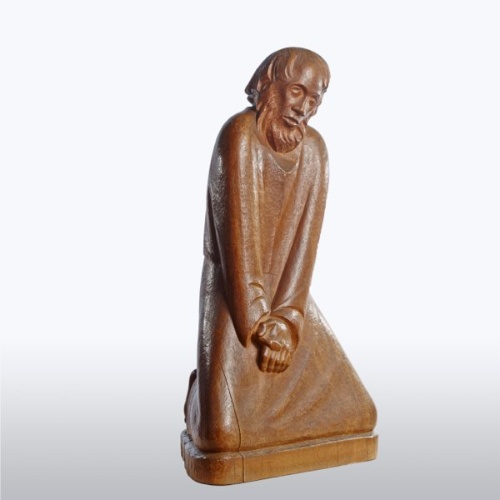Around 1900 Mecklenburg was incorporated into the structure of the German Empire. With the outbreak of war in 1914 Mecklenburg was governed by the military. In 1918 the monarchy in Mecklenburg and the German Empire came to an end. The independent states of Mecklenburg-Schwerin and Mecklenburg-Strelitz resulted from free elections in 1919. Governments fluctuated between left and right civic factions.
In 1932 a government was formed in Mecklenburg-Strelitz that consisted of German Nationals and NSDAP. In Mecklenburg-Schwerin the NSDAP received almost 49% of the votes. In 1933 the state parliaments were dissolved and both states were united. Mecklenburg was ruled by an imperial governor, who was also Gauleiter of the NSDAP. The state became a centre for aircraft construction and was therefore heavily bombed from 1942 onwards.
Emergency supplies collapsed at the end of the war. Mecklenburg‘s population doubled due to the number of refugees. Local and district commandant’s offices and the “Soviet military administration in Mecklenburg” ruled through orders. Administration was officially placed in German hands. Elections for the Mecklenburg-Western Pomerania state parliament in 1946 ended with a marginal victory for the SED. The constitution was concluded in 1947. Up to 12,500 people were detained in “special camp 9, Fünfeichen” up to 1948 and in some cases deported to Siberia.
In new elections for the People’s Parliament of the GDR founded in 1949, the state parliament and the communal parliament in 1950 single lists of candidates from the “National Front” determined the allocation of seats before the election.








